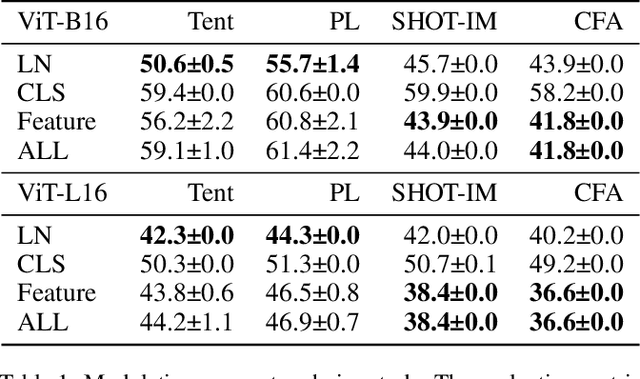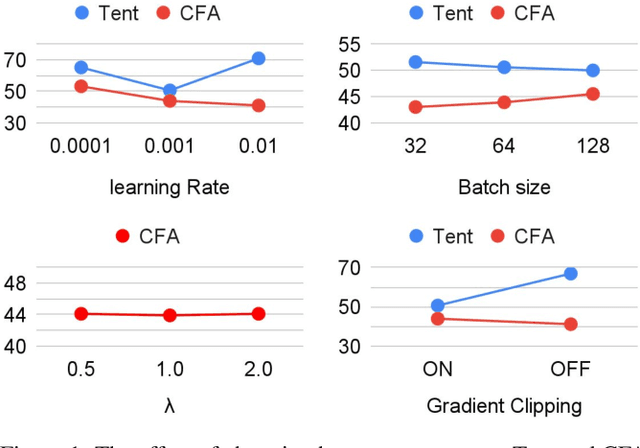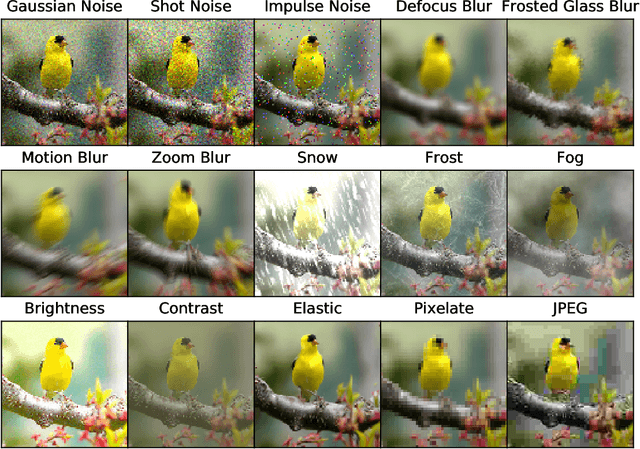Robustifying Vision Transformer without Retraining from Scratch by Test-Time Class-Conditional Feature Alignment
Paper and Code
Jun 28, 2022



Vision Transformer (ViT) is becoming more popular in image processing. Specifically, we investigate the effectiveness of test-time adaptation (TTA) on ViT, a technique that has emerged to correct its prediction during test-time by itself. First, we benchmark various test-time adaptation approaches on ViT-B16 and ViT-L16. It is shown that the TTA is effective on ViT and the prior-convention (sensibly selecting modulation parameters) is not necessary when using proper loss function. Based on the observation, we propose a new test-time adaptation method called class-conditional feature alignment (CFA), which minimizes both the class-conditional distribution differences and the whole distribution differences of the hidden representation between the source and target in an online manner. Experiments of image classification tasks on common corruption (CIFAR-10-C, CIFAR-100-C, and ImageNet-C) and domain adaptation (digits datasets and ImageNet-Sketch) show that CFA stably outperforms the existing baselines on various datasets. We also verify that CFA is model agnostic by experimenting on ResNet, MLP-Mixer, and several ViT variants (ViT-AugReg, DeiT, and BeiT). Using BeiT backbone, CFA achieves 19.8% top-1 error rate on ImageNet-C, outperforming the existing test-time adaptation baseline 44.0%. This is a state-of-the-art result among TTA methods that do not need to alter training phase.
 Add to Chrome
Add to Chrome Add to Firefox
Add to Firefox Add to Edge
Add to Edge